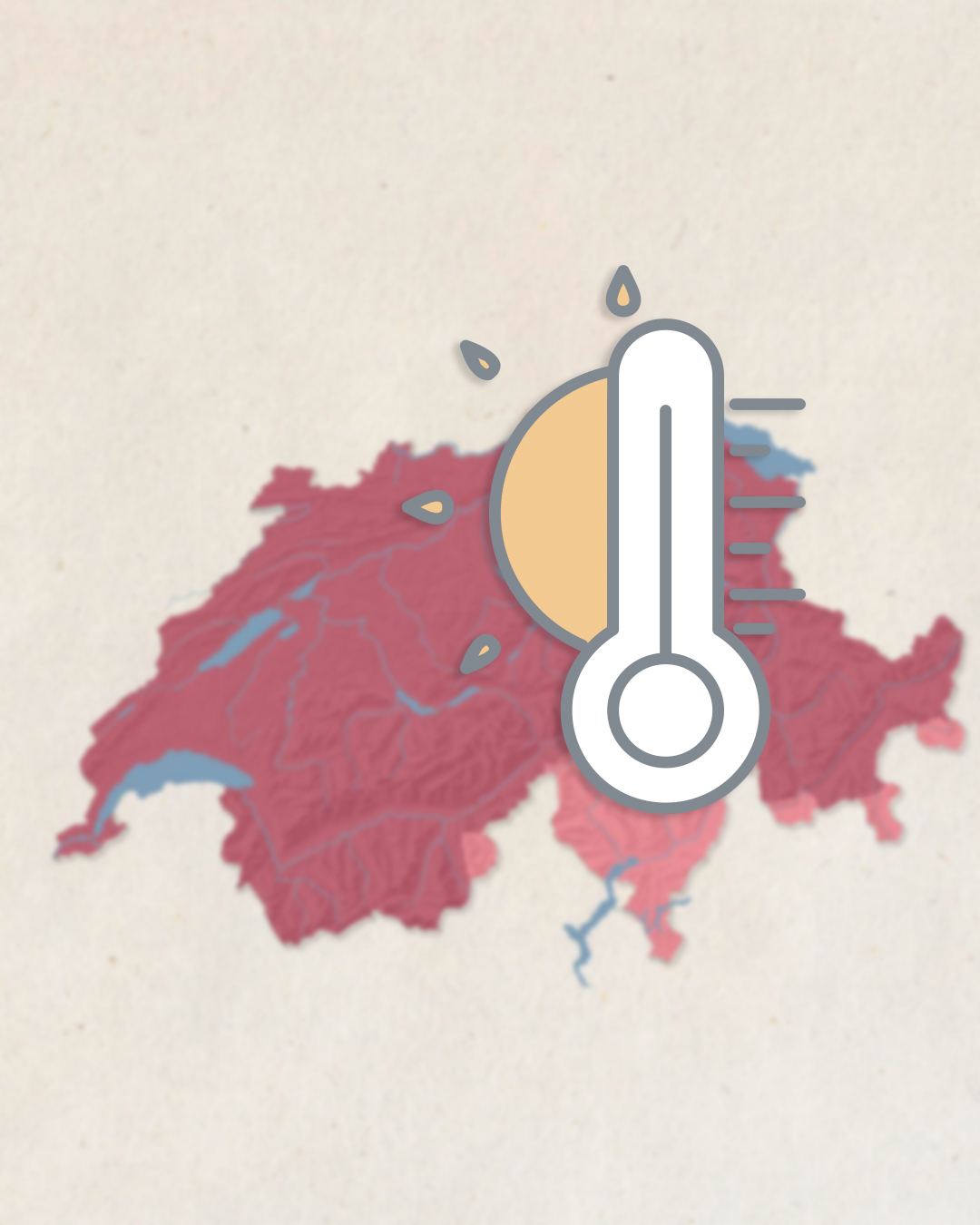Switzerland rated ‘insufficient’ for climate commitment

The road to climate neutrality, a key element in the Swiss government’s climate policy, has suddenly become a lot longer after voters rejected the CO2 law. Here is where Switzerland stands in international comparison.
On Sunday 51.6% of voters gave the thumbs-down to measures to curb greenhouse gas emissions. The government had proposed these measures to fulfil Switzerland’s obligations under the Paris climate agreement.

More
Swiss CO2 law defeated at the ballot box
Despite the upset, Environment Minister Simonetta Sommaruga said Switzerland would continue to pursue the goal of climate neutrality, although it would now be that much harder to reach. This target has also been set by the European Union, the US and China – which account for half of global emissions – and about 100 other nations which announced their intention of reaching a bottom line of emissions equal to zero by 2050 or 2060.
How is Switzerland doing compared with the others?
Emissions per capita
Switzerland emitted the equivalent of some 46 million tonnes of CO2 in 2019. This amounts to about 0.1% of global emissions. On average, one person in Switzerland is responsible for as much CO2 as two Brazilians (4.4 tonnes per year).
Note that these figures take into account only emissions generated nationally. If we consider those due to imports, the footprint of each inhabitant of Switzerland increases to 14 tonnes of CO2 per year (global average: six tonnes). In this particular ranking – with the citizens of Luxembourg at the top – Switzerland is 15th in the world.
Bet on solar power
Switzerland has committed to halving its emissions by 2030 (based on the figure for 1990) and to achieving climate neutrality by 2050. The long-term strategy calls for a reduction of up to 90% of emissions generated by transportation, building and industry. Part of the reduction is to be achieved by funding climate projects in other countries.
The government believes that the increase in electricity consumption expected in view of the electrification of road transport and heating should be manageable with the development of renewable energies, in particular solar power. Within the next 30 years, when Switzerland has shut down its nuclear power stations, solar power should be providing 45% of the electricity used in the country – it is only about 4% at present.
China and the US
The European Union is more ambitious in the mid-term. The cut in emissions by 2030 should be at least 55% of what emissions were in 1990. European legislation on climate – the focus of the “Green DealExternal link” – sees change coming in every sector, but most of all in transportation, energy, agriculture and building.
Among the main tools to be used in achieving these goals is the EU’s scheme for trading emission quotas, which Switzerland joined in 2020External link.

More
‘Green, but not too green’: press reacts to CO2 law failure
China is counting on its carbon emissions trading market, and expects to reach peak emissions in 2030 and climate neutrality by 2060. Launched last February, the world’s largest emission quota trading scheme currently involves companies in the energy sector: 60% of Chinese energy production is still linked to coal.
Having rejoined the Paris Agreement, the United States is counting on achieving a cut in emissions that is 50%-52% of what they were in 2005. The Biden administration wants to get more energy from renewable sources by building offshore wind farms.
Swiss commitment ‘insufficient’
The tax on CO2 which Switzerland applies to fossil fuels – currently CHF96 ($107) per tonne – is one of the highest in the world, acknowledges Climate Action Tracker (CATExternal link), an independent group monitoring climate policy around the world.
However, it says Switzerland’s commitment is “insufficient”. For CAT, the measures currently administered by the Swiss government will bring about a reduction of emissions of 26%-31% by 2030. Bern is thus likely to fail to meet its goal, having already missed it for 2020.
In international comparison, however, Switzerland is actually doing better than most European and industrialised countries. In the Climate Change Performance Index, Switzerland comes 14th out of 61. Though it has failed to reach its goals, it remains one of the countries that has actually reduced its emissions in the past 30 years.
(Translated by Terence MacNamee, edited by Thomas Stephens)

In compliance with the JTI standards
More: SWI swissinfo.ch certified by the Journalism Trust Initiative




Join the conversation!